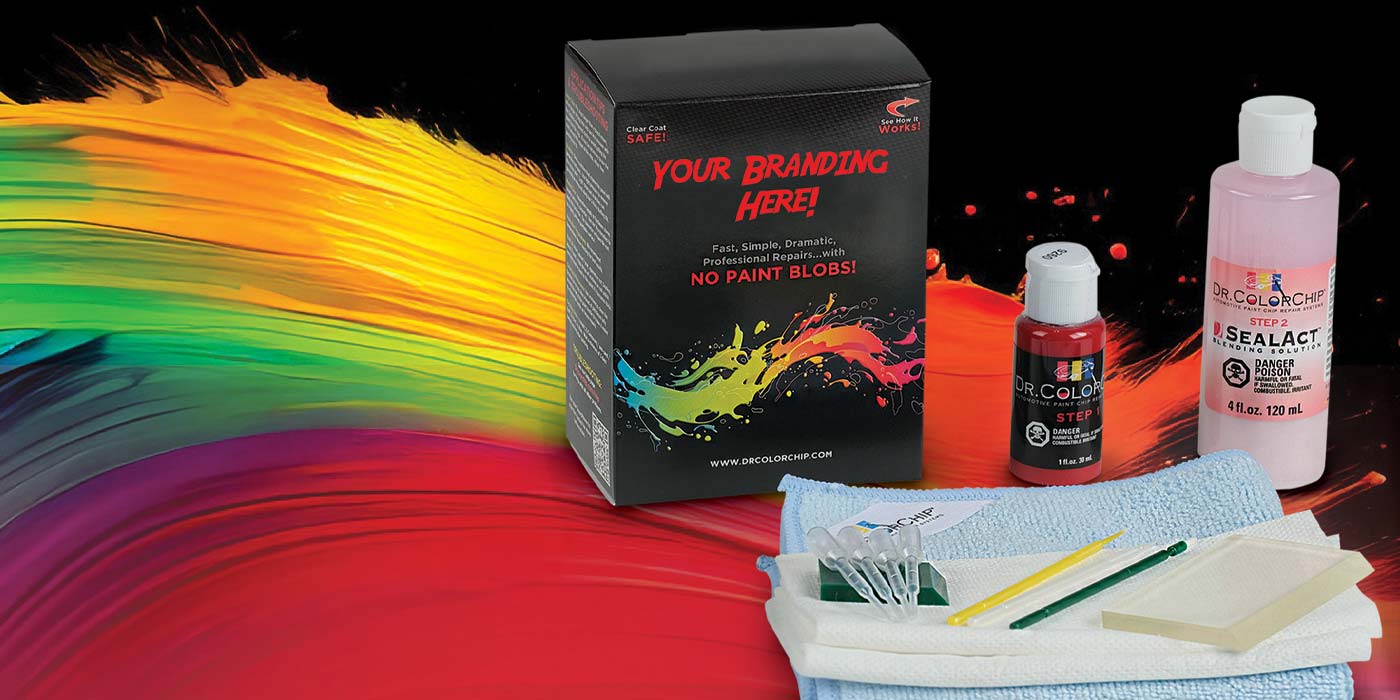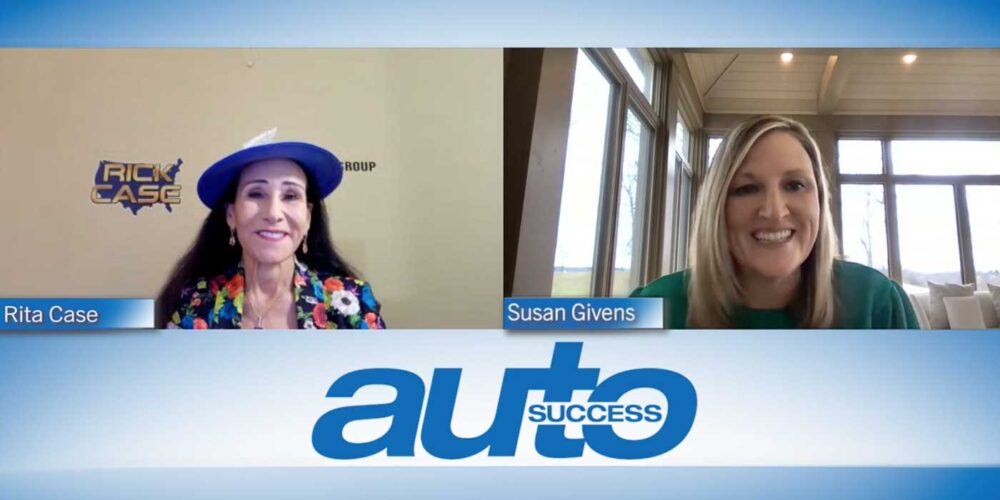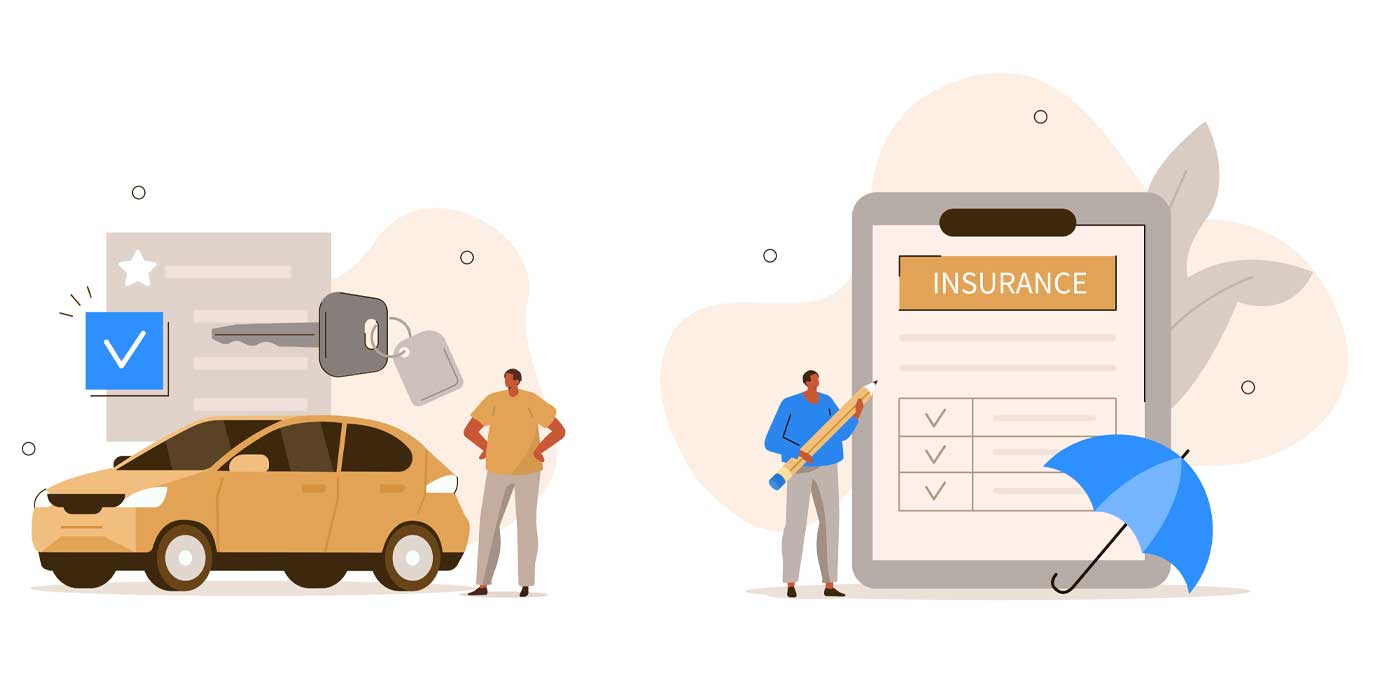Risk management is an integral part of a successful business. Business owners and leaders must internalize that philosophy to achieve maximum return on their investment. Prioritizing safety — from senior management to front-line employees — helps protect your people. It also helps you avoid errors that could dent or break the bottom line, and damage your business in ways that are difficult, or even impossible, to come back from.
A shift in mindset is the first step. Turn your risk management program into a risk management culture.
What’s at Stake?
Every injury, every lawsuit, every poor hire, every missed opportunity to plan hurts your business. Insurance helps pay for the direct costs of a loss, such as property damage, medical bills and legal expenses. But your business is responsible for the hidden expenses — hiring and training new employees, lost productivity, low morale and potentially higher insurance premiums — which could be two to three times the direct cause of a loss.
Don’t forget about one of your business’s most important assets: its reputation. You’re able to open your doors every day because you’ve demonstrated a history of being reliable to potential and existing customers and employees. An incident could mean disaster on many fronts. Your employees could begin to look for employment elsewhere and your clients, who depend on the products and services you provide, could take their business elsewhere, leaving you with a diminished book of business and a damaged bottom line.
A Group Effort
With a team of high-performing, safety-conscious employees who are committed to maintaining a culture of risk management, you can trust that your business is operating at or near peak efficiency. Everything flows from there, including your business’s commitment to safety. Keep the momentum going during meetings and training sessions and encourage everyone in your workforce to say something if they see something unsafe.
A Customized Approach
No two businesses are the same, so it’s important to understand that one size never fits all when it comes to risk management strategies. Even among similar operations within an industry, safety needs change from business to business.
But whatever your specific needs are, remember that a solid foundation is key. Fulfill the basic regulatory requirements first, then examine your business’s deeper needs. Whatever your company’s approach, the success of any safety initiative is dependent on the support of ownership and management. When someone identifies a threat to safety, prompt resolution of the issue — following previously established policies or guidelines and driven by management — is important to maintaining the strength and effectiveness of a risk management culture.
Hard to Detect, but Worth It
Solid procedures, policies and risk management practices are essential. The tricky part is that the outcomes of a good risk management program are difficult to measure. When everything goes right, you don’t have any examples to prove the effectiveness of your efforts. But think about it: a chunk of your profits can disappear, and morale can sink every time an employee slips, strains a muscle, falls or fails to follow company policies and procedures. In this case, the absence of proof is the proof. And over time, the bottom line should begin to reflect your efforts.
In a competitive business world, where turning a profit is often the highest priority, it’s tempting to sweep risk management under the rug with the expectation that an injury or accident won’t happen. That could be a costly mistake. Focus on risk management by creating and maintaining a culture centered on safety and you can bring your business to the next level.
Take It from Those Who Know
The safest businesses repeatedly echo four points on the value of risk management culture and its positive impact on businesses. Keep the following in mind, and always be looking out for potentially hazardous situations.
It has to start at the top. Ownership and management should model good behavior, reinforce a “safety first” message, and invest time and resources to implement sound policies and procedures.
Empower employees. Give employees the tools to take ownership in a risk management culture. Set clear expectations and recognize positive behavior.
Take control. Many worksite incidents are preventable. Create and enforce policies related to safety, conduct and hiring. Designating a risk manager to address these critical practices is one way to take the reins.
It has a financial impact. Hidden expenses can quickly add up. Additionally, losses can impact your workers compensation experience modifier, which may lead to higher insurance costs.
Risk Management Takeaways
1. Risk management is not a hindrance. It is a priority.
2. Risk management never ends.
3. Safety is everyone’s responsibility.














